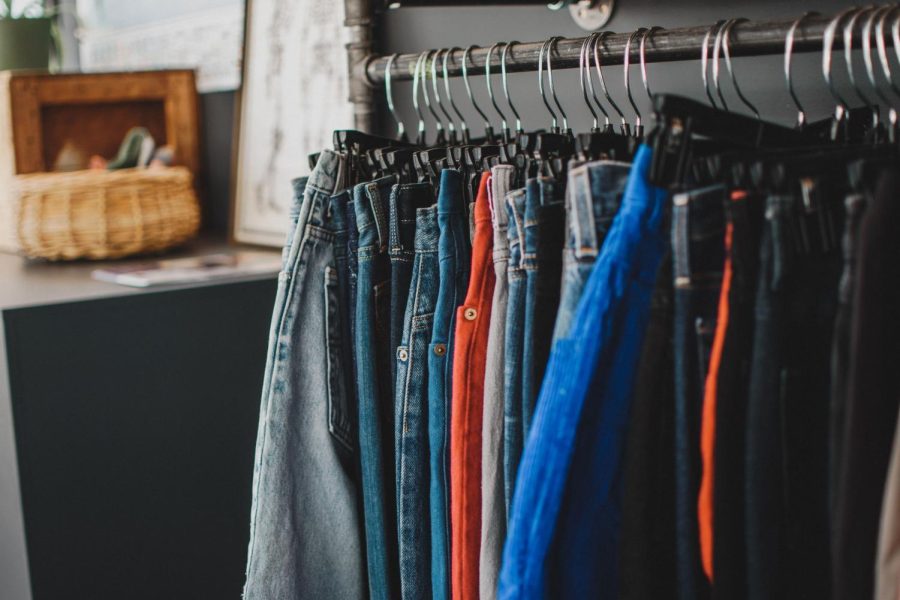Thrifted Clothing
October 20, 2022
Deal-hungry shoppers are playing a dangerous game hunting for pieces that are vintage and “trendy.” Gen-Z teens have found thrifting as a way to find a vast majority of clothing for cheap and an opportunity for physical self-expression.
Because of high demand, thrifting may negatively affect low-income families in need of affordable clothes within their budget. A growing trend on the platform app TikTok advertises such aesthetics that may be found in some clothing items in stores such as Y2K or Cottagecore. Due to the heavy demand of such items, apps such as Depop resell these items for more than their original value. Prices may rise from four up to $30. Since prices of clothing items have risen, low-income families find it difficult to thrift clothes for necessities.
“Social media influences the majority of the public’s actions, especially the younger generation,” stated Alycia Lu, a freshman at Arcadia High School (AHS). “They don’t know or don’t care about the harm thrifting caused to lesser-income families, despite having the money to buy regular-priced clothing.”
On the contrary, thrift shopping may have been “embarrassing” for many people on a low-income budget, but the low price tags have grabbed the attention of many young people. According to a report by resale service ThreadUp, in 2019 around 40% of people were buying thrifted clothing compared to 30% in 2016. Purchasing second-hand clothing has become standardized and provides an eco-friendly source of clothing for everyone.
“I think thrifting, despite harming low-income families, is eco-friendly and helps the environment by not having people constantly manufacture fabrics,” stated Kaitlyn Fhu, a freshman at AHS. “I also think it’s a good practice for kids to understand how to be frugal while also having fun and getting to explore and express who they are through their fashion sense.”
The concept of thrifted items provides great opportunities for both teens and those in need. Gen-Z is able to shop for affordable clothing to put outfits that reflect their personality. On the other hand, many in need are able to find clothing for themselves to wear without being embarrassed. Whilst, the degree to which people and industries purchase these clothing may create scarcity. Nevertheless, thrifted items provide a greater impact on people and the environment as well.
Photo by Kaylin Pacheco

